The HTC Desire Eye priced in India at Rs. 35,990 by a Mumbai-based retailer, who also claimed the smartphone is now available, ahead of an official announcement by the company.
Company had not announced the price and said that the device will release in late November exclusively on Amazon India. This has not happened as yet, and the HTC India website still lists it as 'Coming soon'.
HTC's phone is only slightly less expensive than the flagship One
Review
HTC decided it was time for them to capture the selfie market, and announced a phone with both a massive 13 megapixel front facing camera, and a front facing dual-LED True-tone flash as well. Which is none other than HTC Desire EYE.
According to reporters it boasts specs that rival HTC’s flagship One M8, all in a plastic package. On paper, that sounds fantastic. In everyday use however, well, you’ll have to read on to know that.
The HTC Desire EYE is bigger than the HTC One M8, but only slightly its negligible.
Measuring 151.7 x 73.8 x 8.5 mm and weighing 154 grams, the Desire EYE is very comfortable to hold. Ergonomically, it is very pleasant to use, and that is mostly because of all the soft, rounded corners.
The hard, matte plastic build material of the HTC Desire EYE also contributes to this feeling, providing a decent grip while also being pleasant to the touch.
The blue version I had to review did not smudge easily, but the white-and-red version does tend to pick up quite a bit of finger grease if your hands are dirty or sweaty.
Thankfully, you can always just wash it off with water, because the Desire EYE also happens to be IPX7-certified waterproof. This means that the phone can survive being dunked in water, for as long as 30 minutes, up to a depth of a meter.
While I definitely do not recommend using it in saltwater or chlorinated pool water, it should easily survive being caught in the rain, or a splash of water. That is very cool, and much appreciated! More waterproof phones, please.
Moving on, at the front of the Desire EYE, there is a 5.2 inch 1080p display, which equals a very decent pixel density of 424ppi.
As such, the resolution is high enough that you’d be hard pressed to find any individual pixels.
The display itself is quite vibrant, with solid contrasts, and great outdoor visibility. Viewing angles are pretty decent, considering it is an LCD display.
That being said, like the HTC One E8, the Desire EYE’s screen has a slightly blueish tint, so colour accuracy is a bit off.
Coming back to the size of the phone, the main reason for the tall silhouette of the Desire EYE, is the two, front facing speakers.
Unlike the One M8, which has two prominent speaker grills at the front, the speakers on the Desire EYE are cleverly hidden in gaps between the display’s frames and the top/bottom bezel of the phone.
The top speaker also acts as the earpiece, so it is very unique to see a centrally located, large selfie camera at the top, with a Dual-LED true tone flash on the left side of it, along with a proximity sensor and ambient light sensor.
On the right side, you’ll see just a tiny pinhole for the noise cancelling microphone. This is where it is worth mentioning, that the Desire Eye has three microphones, one here, one behind, and one at the bottom of the phone.
Below the screen, you’ll see just the HTC logo on a black bar, and the lower loudspeaker gap. The Desire EYE thankfully uses onscreen navigation buttons, instead of old school capacitive touch keys.
Coming to the rest of the phone, at the top you’ll find just the lone 3.5mm headphone jack.
While at the bottom, there is the usual microUSB charging port, along with a tiny pinhole for the aforementioned main microphone.
On the left side, you’ll find the slots for the nano SIM and the microSD cards.
You’ll want to make sure both these slots are firmly shut, if you decide to test out that waterproof nature of the phone.
On the right side, you’ll find the volume rocker key, a power/screenlock key, and a (gasp) dedicated camera key, the latter of which is rare for an HTC phone.
The keys have decent feedback but are a little hard to find with your fingers and distinguish from the surround plastics. The dedicated camera key though, has pretty terrible feedback. As a result I never used it and eventually even forgot it existed.
Coming to the back, there’s the camera module up top, with the dual LED true-tone flash beneath it. The HTC branding is centrally located, while at the bottom you’ll just find random regulatory symbols.
All in all, the two-tone colour scheme and the centrally located front facing camera, makes the HTC Desire EYE an extremely unique, attractive looking phone, which also happens to be comfortable to use. Kudos to HTC’s design team.
The Hardware:-
The HTC Desire EYE is powered by a quad-core, 2.3 Ghz Qualcomm Snapdragon 801 MSM8974AB chipset. Along with those four Krait 400 cores, is an Adreno 330 GPU and 2GB of LPDDR3 RAM.
That puts the Desire EYE at the same level as HTC’s flagship One M8. And as with the One M8, you’ll see no signs of lag here, even under heavy tasks. Everything is smooth and quick, and it can easily handle even the most intensive 3D games.
In terms of benchmark results, the Desire Eye scored 28324 in AnTuTu, 1566 in Vellamo (Metal), and 921.9 in Sunspider, which are all scores similar to the One M8.
Apart from that, there’s 16GB of internal storage, out of which sadly only about 9GB is actually available to use. Thankfully there is the aforementioned microSD card slot available (which supports cards upto 128GB).
In terms of connectivity, the Desire EYE has support for LTE (in certain regions, bands 2, 3, 4, 5, 7, 17, 20, 29), Wi-Fi (802.11 a, b, g, n, n 5GHz), GPS (and A-GPS), Glonass, Bluetooth 4.0, NFC, and DLNA.
The Software:-
The Desire EYE runs Android 4.4.4 KitKat with HTC’s Sense UI on top.
Sense UI is by far one of the best looking Android skins out there, being both lightweight and well designed.
HTC’s used flat colours that are very in-keeping with Google’s Material Design guidelines.
And there’s also a decent set of features built in as well, without going overboard with them. There’s ‘Motion Launch’ gestures, a couple colour themes built-in and HTC’s BlinkFeed app all onboard.
I’ve already talked about HTC Sense 6 before, so if you’d want a more detailed look at it, check out my HTC One M8 EYE Review.
Coming to messaging, HTC’s app does a great job, and their stock keyboard is comfortable to use on that large screen. You can even glide from alphabet to alphabet to type, in a Swype-like manner.
Or if you want, you could just install a third party keyboard, like Swype, Google Keyboard, or SwiftKey.
Coming to web browsing, there’s HTC’s web browser available, but I stuck to Chrome which is pre-installed. Browsing on the Desire EYE is a very pleasant experience, thanks to that large, high resolution screen and the powerful processor. Text looks crisp, pages load and render quickly, and there’s no interface lag at all.
Moving on to multimedia, there’s the usual HTC gallery and music apps, both of which look great and get the job done. There’s support for a wide variety of video codecs, but if you find one that isn’t supported, you could always install VLC Player from the Google Play Store.
Audio quality out of the Desire EYE was pretty good. Via headphones, it doesn’t sound as loud as the One M8, but is much louder than most phones, like the iPhone 6. The BoomSound loudspeakers are also not as loud as the ones on the M8, but produce loud, deep sounds without any distortion even at full volume.
The Camera:-
The HTC Desire EYE has a 13 megapixel rear camera, with a BSI sensor, and a 29mm lens that has an F2.0 aperture, with a dual LED true-tone flash.
HTC’s camera app has not changed from the One M8 Eye, and has various scene modes and manual controls to tinker with. There’s an HDR mode, manual focus, and even the ability to change aspect ratio.
Ofcourse, since it lacks a Duo camera, you don’t get all the Duo features from the One M8. Which isn’t a big deal at all.
Rear camera quality was pretty decent, with accurate colours, almost no artifacting, and satisfactory amount of details. Once in a while, you might get pictures that are darker than the actual scene, but hopefully HTC will fix that in a software update.
Images in low light or indoor situations are expectedly average, and there’s a lot of noise that creeps in. I should mention that the Desire EYE does a great job at HDR images though. Or at least HTC’s HDR algorithms.
Here’s a couple camera samples from the HTC Desire EYE to give you a better idea:
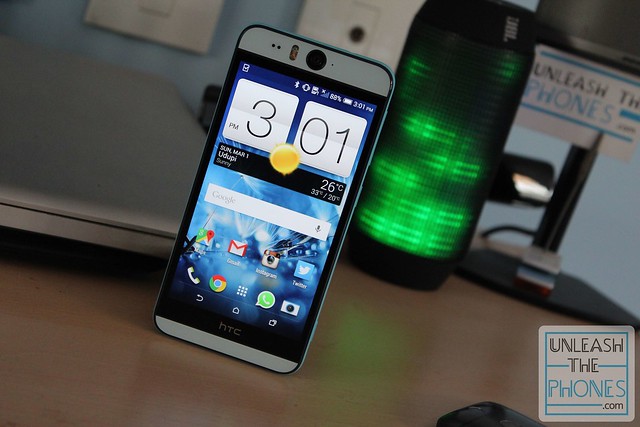
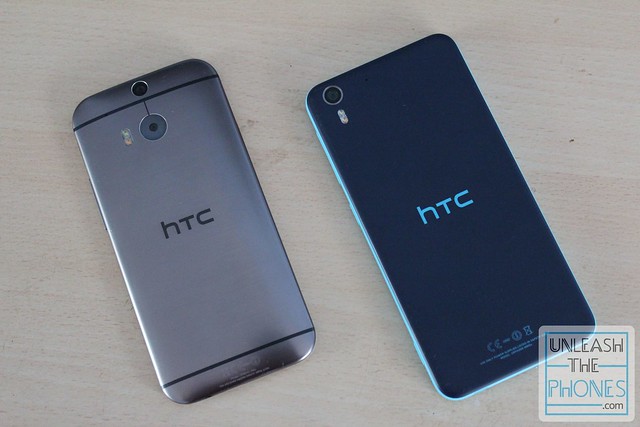


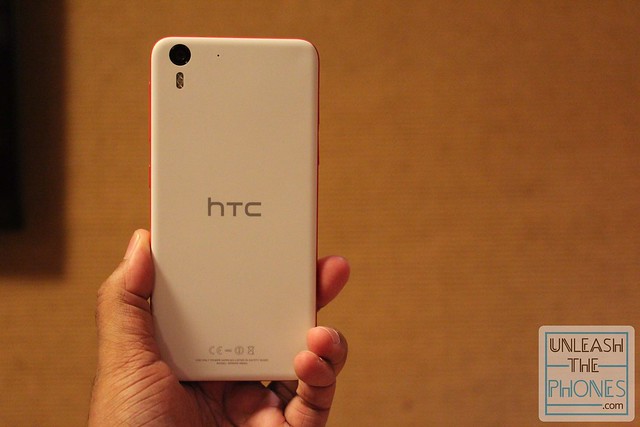


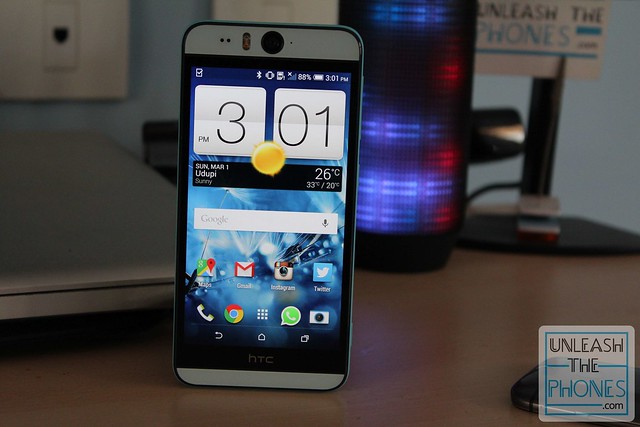

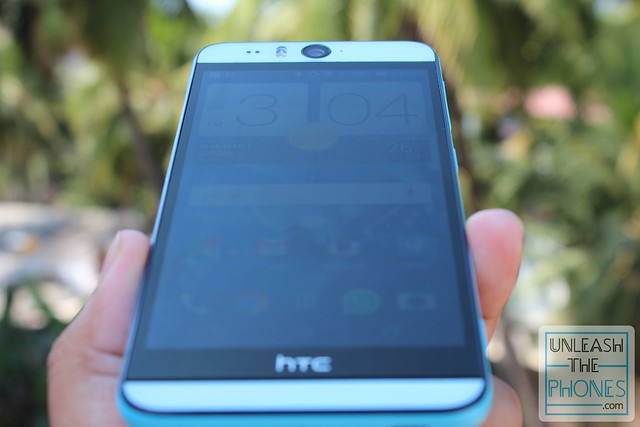
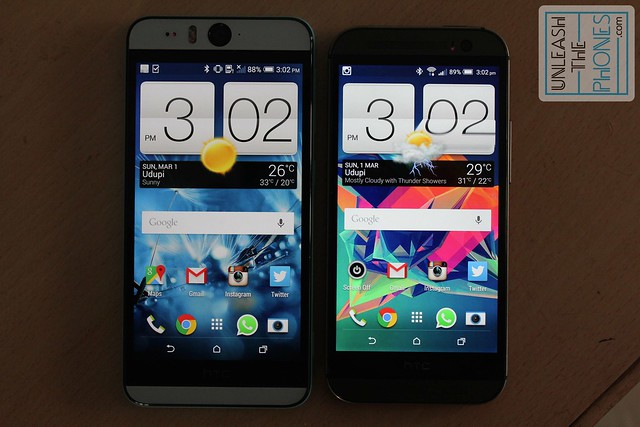
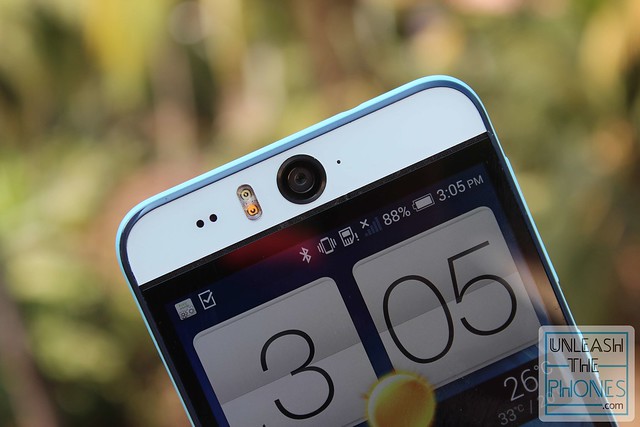
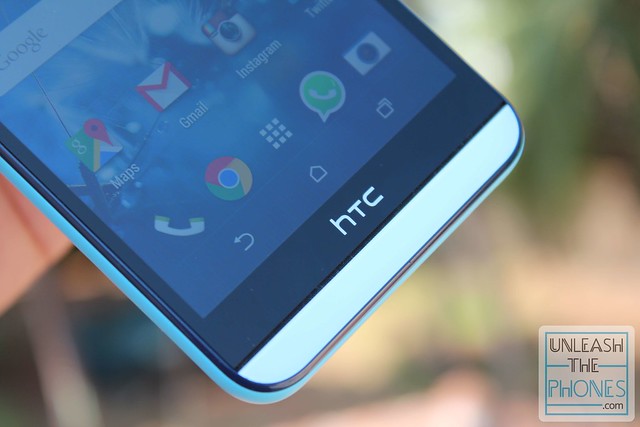
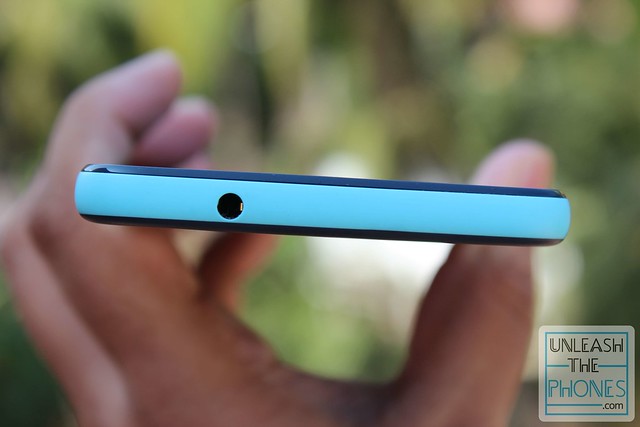


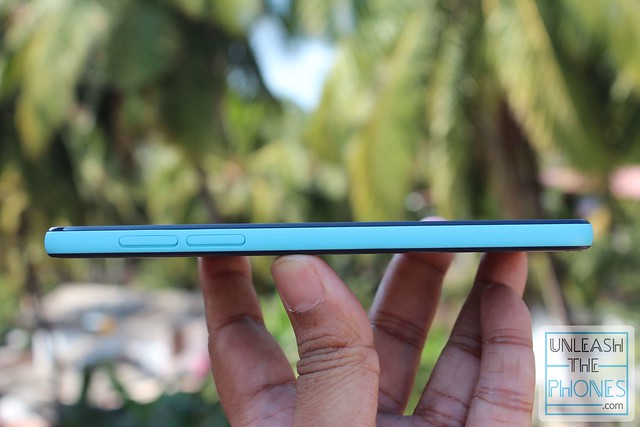
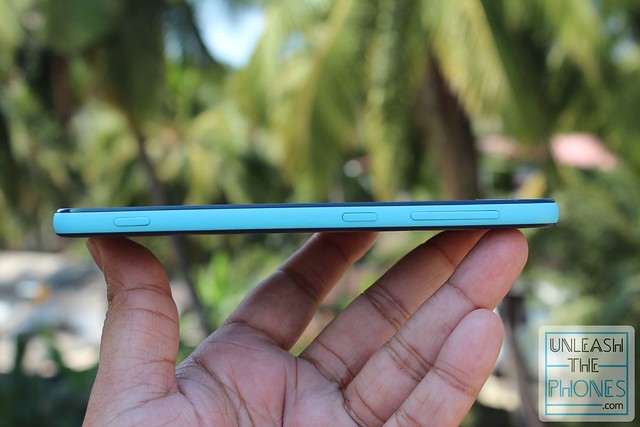
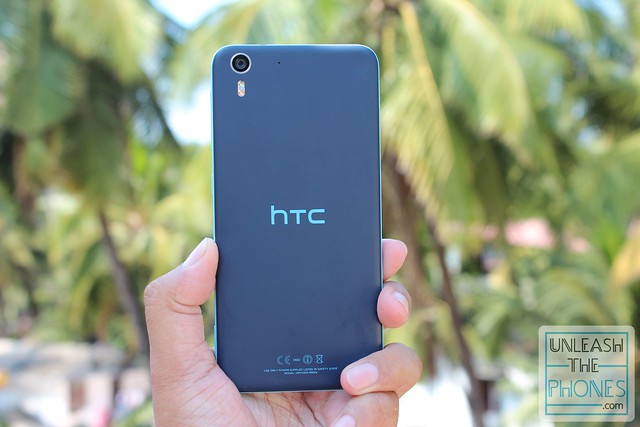
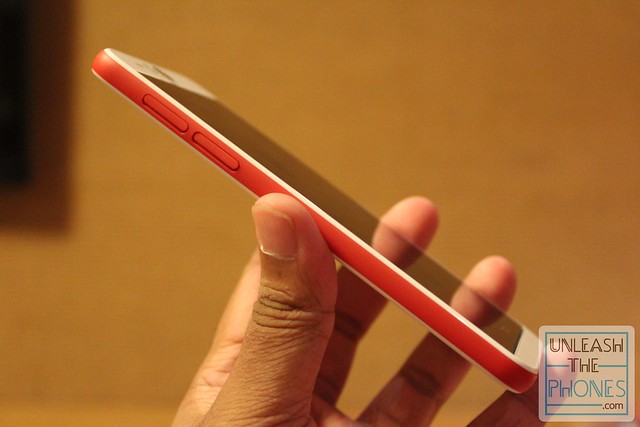
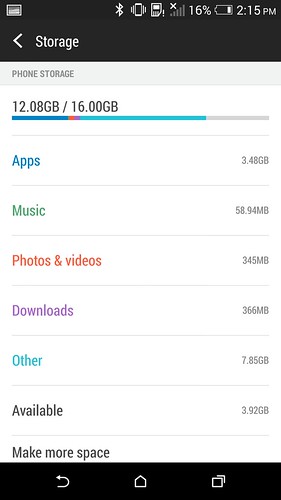
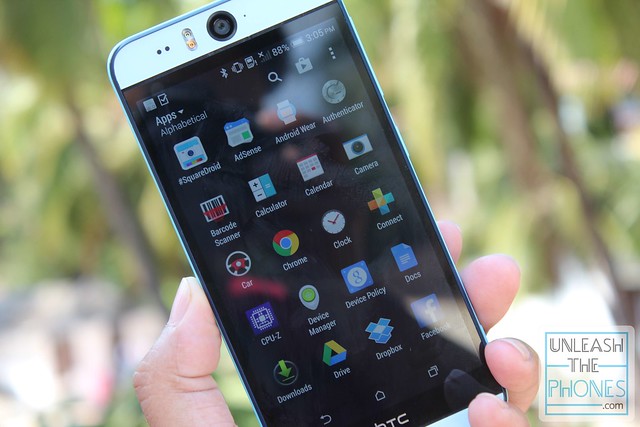
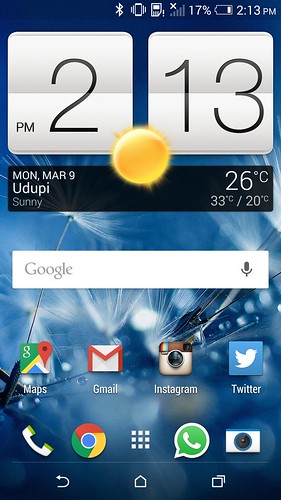
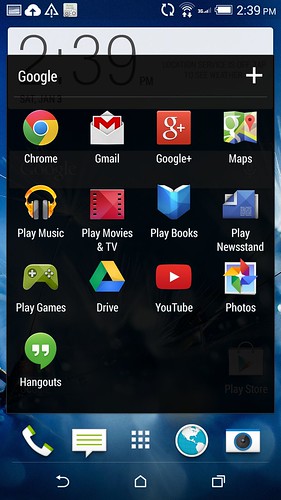

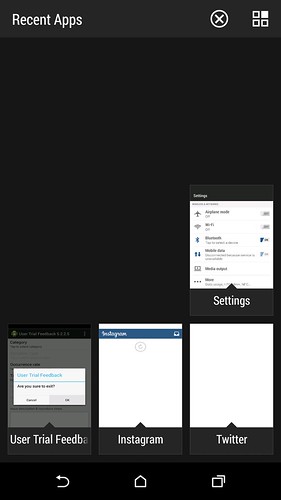
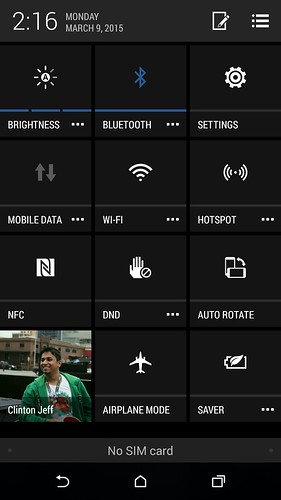
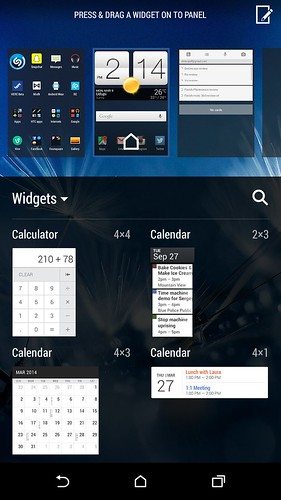
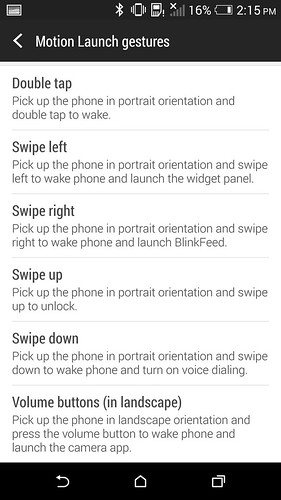

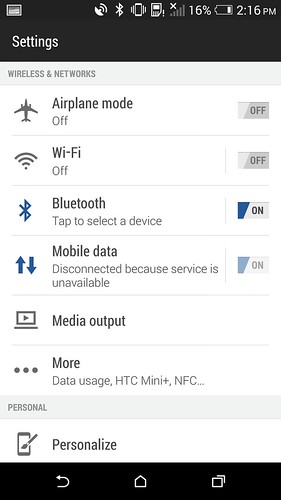
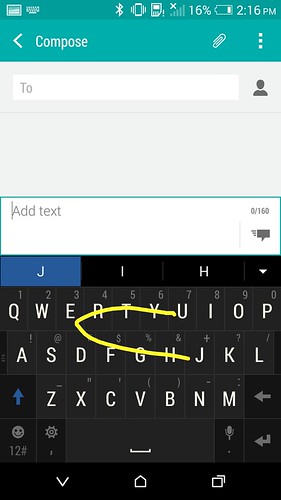
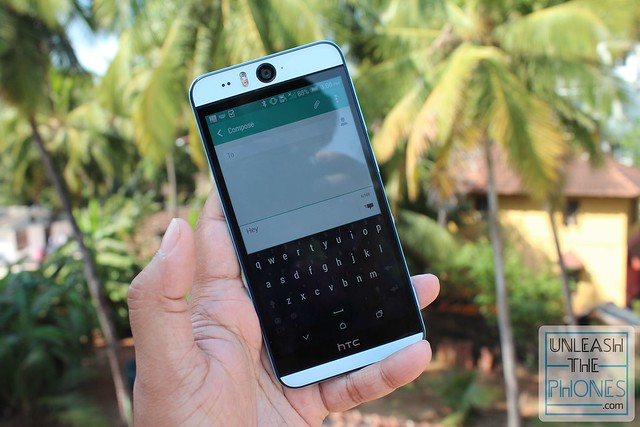

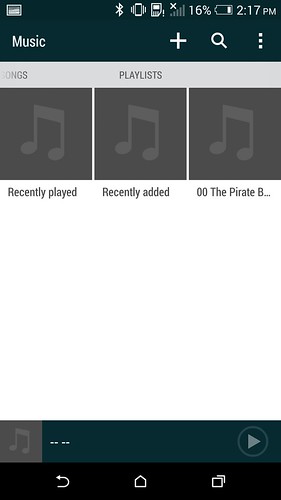
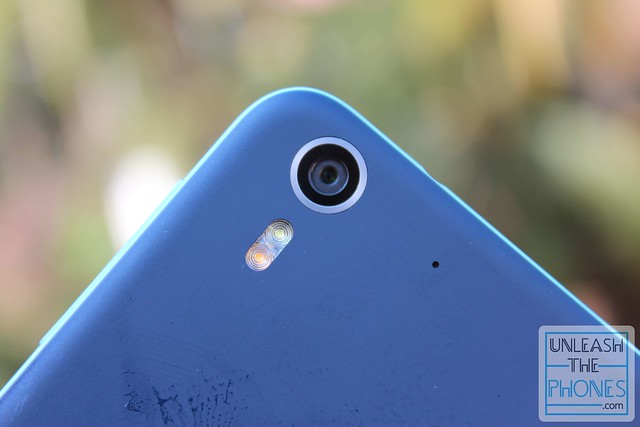
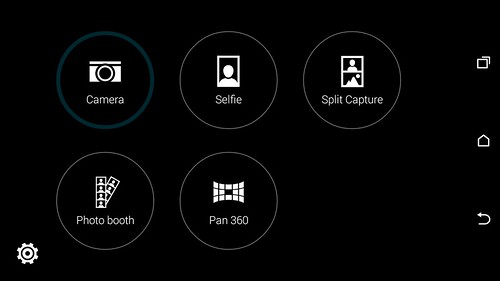
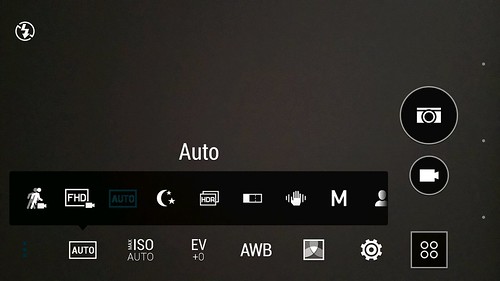
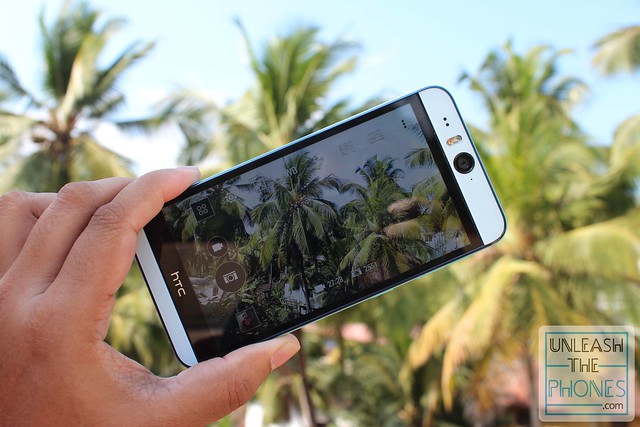
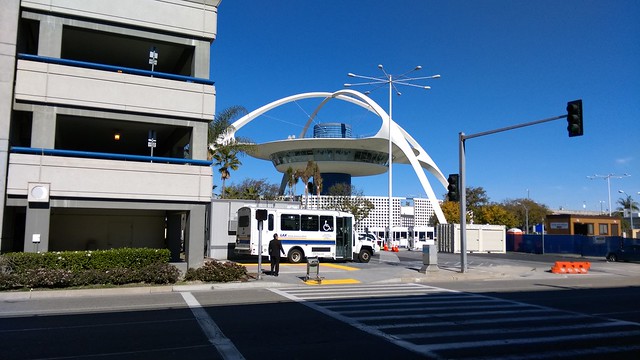

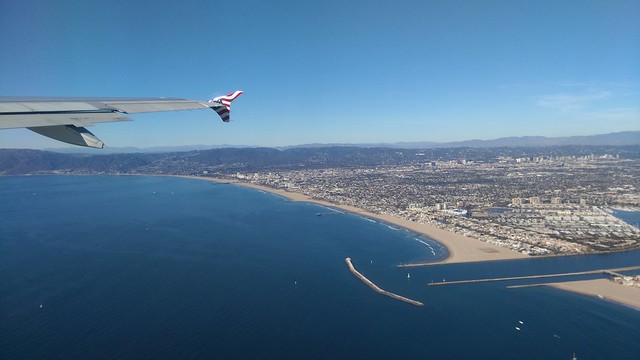

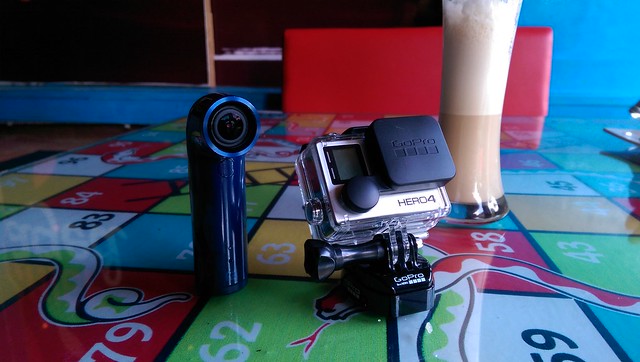
thankyou ConversionConversion EmoticonEmoticon